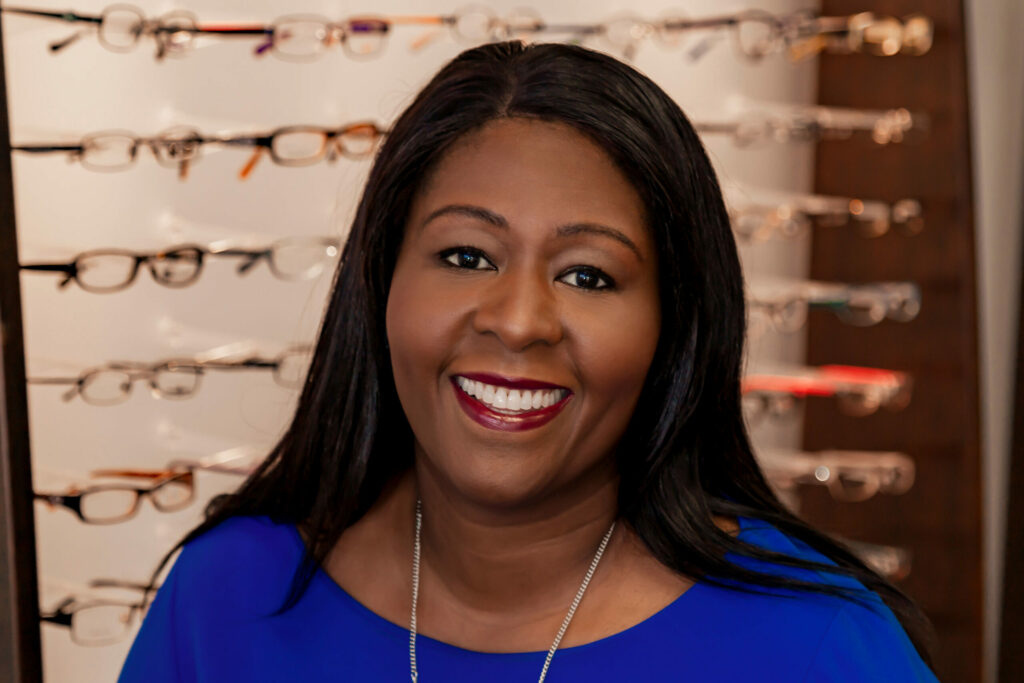Smart Women Finish Rich: 9 Steps to Achieving Financial Security and Funding Your Dreams

David Bach’s Smart Women Finish Rich is a transformative financial guidebook for women looking to secure their financial future, achieve financial independence, and fulfill their life dreams. This bestselling book offers nine powerful steps to help women take control of their finances, regardless of their current financial situation. Bach’s approach is straightforward and compassionate, addressing the unique financial challenges women face while encouraging them to adopt simple yet impactful habits for a prosperous future.
Why Smart Women Finish Rich Stands Out
David Bach is known for his straightforward, empowering approach to personal finance. In Smart Women Finish Rich, he addresses women directly, recognizing the specific financial challenges they may face, from wage gaps to career breaks and the costs associated with raising a family. He encourages readers with the mantra, “It’s not how much you make; it’s how much you keep,” and provides clear, actionable steps to help women build wealth, secure their futures, and feel empowered by their financial decisions.
Bach’s emphasis on values-based financial planning sets this book apart. He guides readers to understand the “why” behind their financial goals, helping them align their spending and saving with their values and life aspirations.
A Sneak Peek into Bach’s Nine Steps
1. Take Responsibility for Your Financial Future
Bach starts with a foundational principle: taking ownership of your finances. The first step is about accountability and creating a mindset shift. By taking responsibility, you commit to learning, growing, and making intentional decisions about your money.
“A big part of financial freedom is having your heart and mind free from worry about the what-ifs of life.” – Suze Orman
Example: Sarah, a single mother and optometrist, found herself overwhelmed by student loans and credit card debt. Inspired by this step, she reviewed her financial statements, set up a budget, and started taking small steps to pay off her debts. By tracking her expenses, she became more confident in managing her finances and began to see progress.
2. Put Your Money Where Your Values Are
This step encourages readers to discover what matters most to them. Bach suggests creating a “Values Circle” to identify personal values and align them with financial goals.
Practical Tip: Write down the top five things you value most in life. Are your financial decisions supporting these values? Aligning your spending habits with what you truly care about can drastically increase satisfaction and reduce unnecessary spending.
3. Build Financial Security Through the “Three-Basket” System
Bach introduces the concept of the three-basket approach for financial security: a security basket for emergencies, a dream basket for life goals, and a growth basket for investments.
Example: Emma, a young optometrist, loved the idea of a “dream basket” and started saving for her goal to travel the world. By setting aside a small amount each month, she eventually funded a six-month trip to Europe without accumulating debt.
4. Spend Less Than You Make and Pay Yourself First
“Pay yourself first” is a core principle in Bach’s philosophy. He advocates setting aside 10% of your income as soon as you’re paid. This habit helps build savings and promotes financial independence.
Quote: “Don’t save what is left after spending; spend what is left after saving.” – Warren Buffett
5. Tackle Debt with a Proven Strategy
Bach provides readers with practical ways to manage and eliminate debt, a key obstacle to financial freedom. From student loans to credit cards, he emphasizes paying off high-interest debts first while continuing to save.
Practical Tip: If you’re dealing with multiple debts, Bach suggests the Debt Snowball method: paying off the smallest debts first to gain momentum.
6. Build a Financially Secure Retirement
Bach stresses the importance of retirement savings, encouraging women to take advantage of employer-matched retirement plans and invest in individual retirement accounts (IRAs).
Story: Lisa, an optometrist, initially avoided retirement planning because it felt distant. After reading this chapter, she opened a 401(k) and began contributing the maximum match her employer offered, knowing this was a smart step toward a comfortable retirement.
7. Learn the Basics of Investing
Investment knowledge is essential for wealth-building, and Bach introduces women to investing basics like stocks, bonds, mutual funds, and compound interest. His clear explanations and practical advice make investing approachable, especially for beginners.
Practical Tip: Start with index funds or mutual funds with low fees. They offer diversification and are easier to manage than individual stocks.
8. Take Advantage of Your “Latte Factor”
Bach’s “Latte Factor” concept teaches readers to identify small, unnecessary expenses (like daily lattes) that, when saved and invested, can grow substantially over time. This simple adjustment can yield impressive results.
Example: Anne calculated that her weekly coffee habit was costing her $1,200 a year. She cut back and invested the savings, watching it grow over time.
9. Continue to Grow and Protect Your Wealth
The final step is about sustaining wealth and securing it for future generations. Bach advises creating a will, exploring life insurance, and consulting financial advisors to ensure that wealth is protected.
Book Review: The Value of Smart Women Finish Rich
Smart Women Finish Rich offers a wealth of knowledge in an accessible and inspiring way. Bach’s emphasis on values-based financial planning helps women connect emotionally to their goals, making the financial journey meaningful. His steps are simple and practical, making this book ideal for both beginners and those looking to refine their financial strategy. Bach’s unique perspective as an experienced financial advisor makes his insights relatable, actionable, and transformative.
Key Takeaways for Women Optometrists
- Start with Values: Whether you’re saving for your practice or personal goals, align your financial actions with what you truly value.
- Build an Emergency Fund: Having cash reserves helps you stay secure during unexpected challenges in your career.
- Plan for Retirement Early: The sooner you start, the more you’ll benefit from compound growth.
- Invest Wisely: Diversify your portfolio to balance growth and risk. Index funds are a simple place to begin.
- Cut Unnecessary Expenses: Identify and reallocate small, habitual expenses toward meaningful savings and investments.
Final Thoughts
Smart Women Finish Rich is more than just a financial guide—it’s a call to action for women to take control of their finances, empower themselves, and pursue their dreams with confidence. Bach’s approach is holistic, blending financial planning with personal fulfillment, and it’s a book that can change your perspective on money for the better.
Call to Action
Are you ready to take control of your financial future? Get a copy of Smart Women Finish Rich and start your journey to financial freedom today! Share a comment below!
References:
- Bach, D. (2002). Smart Women Finish Rich: 9 Steps to Achieving Financial Security and Funding Your Dreams. Broadway Books.
- Bach, D. (2016). The Automatic Millionaire: A Powerful One-Step Plan to Live and Finish Rich.. Crown Currency.
- Bach, D. (2006). Start Late, Finish Rich: A No-Fail Plan for Achieving Financial Freedom at Any Age. Crown Currency.
- Aliche, T. (2021). Get Good with Money: Ten Simple Steps to Becoming Financially Whole. Random House.
- Kiyosaki, K. (2006). Rich Woman: A Book on Investing for Women, Take Charge Of Your Money, Take Charge Of Your Life. Rich Press.
- Orman, S. (2000). The Courage to Be Rich. Riverhead Books.
- Dweck, C. (2006). Mindset: The New Psychology of Success. Ballantine Books.
- Sethi, R. (2019). I Will Teach You to Be Rich: No Guilt. No Excuses. Just a 6-Week Program That Works. Workman Publishing Company.
Disclaimer: This blog is for informational purposes only and should not be considered financial advice. Please consult with a financial advisor for a personalized plan based on your specific financial situation and goals.





